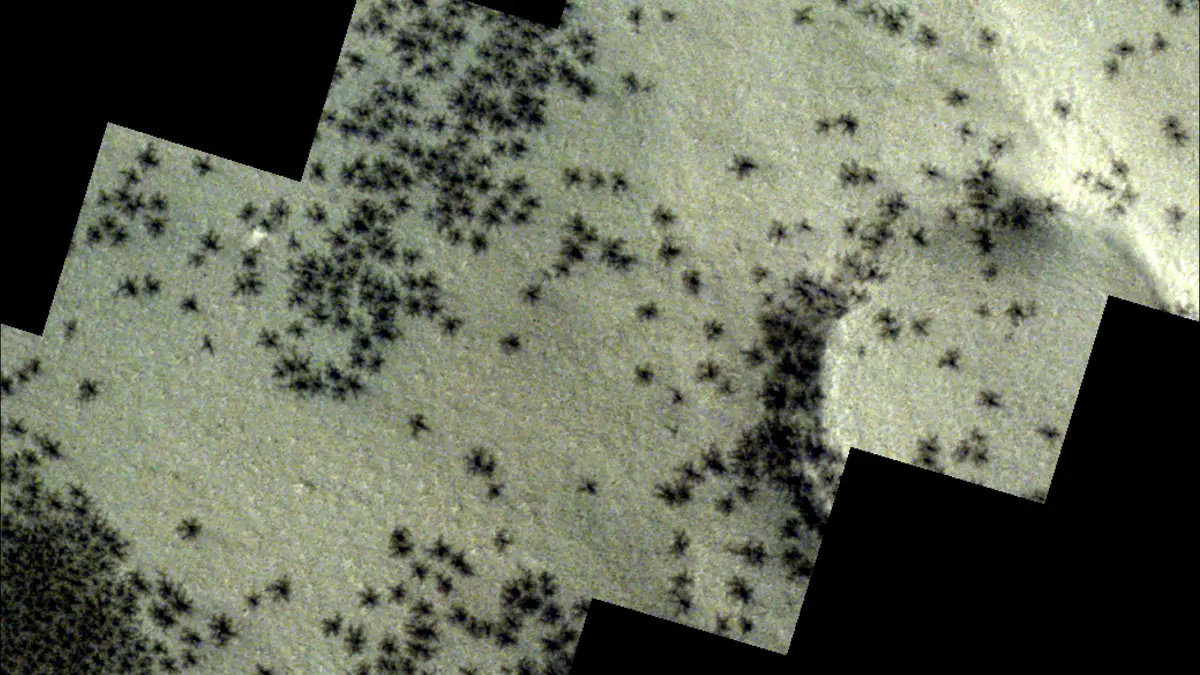A breakthrough in wirelessly transmitting power has enabled the creation of rice grain-sized medical implants that could be used as a pacemaker, nerve stimulators or a new class of “electroceutical” devices that sit deep in the human brain to stimulate neurons directly as an alternative to treat illness or alleviate pain.
These implants need battery powe, though. If the battery runs out, the device needs to be removed or replaced.
Reliable charging makes the inclusion of battery redundant in the implants
A team of Stanford engineers led by Assistant Professor Ada Poon has developed a wireless system that uses the same power as a cell phone to power these rice grain-sized implants.
It’s a great idea but the tissues of the body tend to absorb electromagnetic waves during transfer of power wirelessly. Now, Stanford engineers have managed to control a special wave that harmlessly travels through the body and is picked up by an antenna. The devices can be reliably charged and there is no need to include a battery in these devices … the result is an electronic device smaller than a grain of rice
The device is already tested in animals and human testing is planned.






